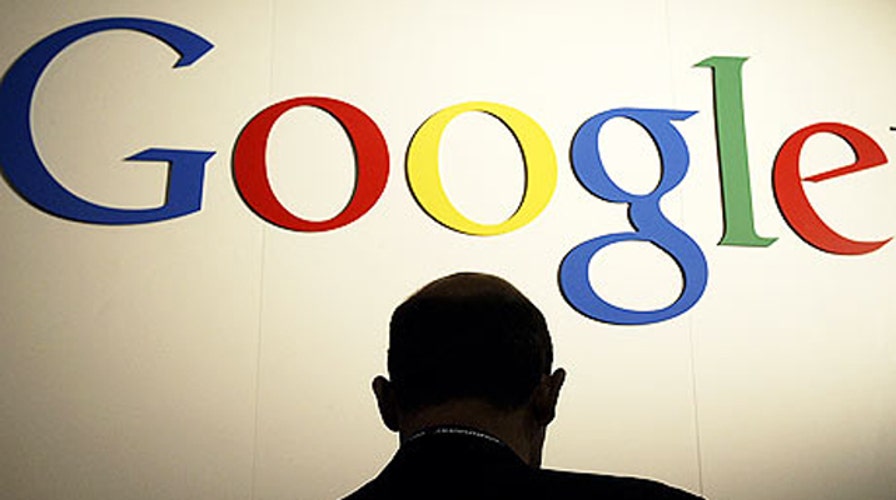Why would anyone quit working for Google?
Adam Lewis takes a look at why retention rates are low at a hot company
Was the character of Billy McMahon (played by Vince Vaughn) in the film, "The Internship," the final straw that killed Google’s once famed interview riddles?
Less than a week after “The Internship” appeared in theaters, the tech megalith confirmed the rumors and publicly admitted that the riddles it used to evaluate job candidates are in fact a poor predictor of performance – and it has scrapped them once and for all.
No longer will Google’s job applicants have to answer puzzling questions like, “How many golf balls do you think will fit into a school bus?” (Probably around 500,000.) Or, “How much should you charge to wash all the windows in Seattle?” (Around $10 per window – it’s a trick question.)
[pullquote]
In an unusually candid interview with Adam Bryant at the New York Times, Laszlo Bock, senior vice president of people operations at Google, disclosed that, “On the hiring side, we found that brainteasers are a complete waste of time...They don’t predict anything. They serve primarily to make the interviewer feel smart.”
The discovery was part of a massive job-interview-vs.-job-performance metadata crunch, which Mr. Bock summed up thusly: “It’s a complete random mess.”
That’s right. For the countless hours and untold millions of dollars spent interviewing job candidates, Google found no relationship whatsoever between the scores interviewers gave to new hires and actual performance on the job.
This soul-searching may have actually helped Google answer one riddle that has stumped many: Why are retention rates so low at such a hot company?
Google boasts some of the best benefits in the private sector, consistently topping Fortune Magazine’s list of best companies to work for. There are the top-tier basics like great health insurance and retirement benefits, but Google goes the extra mile with perks like free gourmet food, gym access, physician’s care, and legal advice on demand.
Yet according to PayScale, a payroll consultancy, Google’s ranks near the very top among companies with high employee turnover. The median tenure is just over a year.
Some point out (correctly) that Google’s reputation and the quality of its staff mean that they are often poached by other companies, or leave to set up their own ventures. But Google’s median retention rate is lower than comparable companies, like Yahoo (2.4 years) and Microsoft (4 years).
The real answer seems to be an inefficient hiring process. So if traditional interviews and riddles fail, what works?
According to Mr. Bock, “Structured behavioral interviews, where you have a consistent rubric for how you assess people, rather than having each interviewer just make stuff up.”
That realization puts Google among a small but fast-growing group of companies who are moving away from the traditional job interview process in favor of a more standardized (to better compare candidates) and personalized (focusing on the specific characteristics that are needed for the role) system.
Companies need different skills and personality traits depending on the job: For a store manager, a calm and engaging temperament is prized, while for a role in the accounting department math skills rank higher.
Forward-thinking human resources teams are today using an even stronger performance indicator: the situational judgment test. This incorporates recent breakthroughs in behavioral science.
As Adam Grant at the Wharton School has explained, they are an effective predictor of success because they not only establish a standard against which all candidates can be assessed, but also allow employers to assess skills directly relevant to the job at hand.
Moreover, these types of interviews can be conducted just as effectively over the Internet as in the room with a would-be employer, substantially increasing the quality of data available to screen candidates while minimizing resources wasted on doomed interviews.
Standardizing questions and personalizing them to the needs of the company also helps in the long run: companies can see how their best performing employees answered questions, so they know what to look for in new hires. And collecting and analyzing these types of data increases transparency in the hiring process, which supports evidence-based decision-making.
Google is not the first victim of a faulty hiring system, and it won’t be the last. But the result is the same wherever you go: Bad hires means high turnover.
Depending on the industry, turnover can run from $3,000 for low-wage jobs to upwards of $25,000 per employee, according to a compilation of studies done by Sasha Corporation, a human resources consultancy. Luckily for many, the answer to the hiring riddle is readily available.

